Have You Sold Your Dozen Roses?
Top 1 Billed Cast
Narrator (voice)

Have You Sold Your Dozen Roses?
HomePage
Overview
Documentary about a rubbish dump by Allen Willis, Philip Greene, and David Myers.
Release Date
1958-04-22
Average
0
Rating:
0.0 startsTagline
Genres
Languages:
EnglishKeywords
Similar Movies
 7.7
7.7The Gleaners and I(fr)
Varda focuses her eye on gleaners: those who scour already-reaped fields for the odd potato or turnip. Her investigation leads from forgotten corners of the French countryside to off-hours at the green markets of Paris, following those who insist on finding a use for that which society has cast off, whether out of necessity or activism.
 8.1
8.1Isle of Flowers(pt)
A tomato is planted, harvested and sold at a supermarket, but it rots and ends up in the trash. But it doesn’t end there: Isle of Flowers follows it up until its real end, among animals, trash, women and children. And then the difference between tomatoes, pigs and human beings becomes clear.
 6.0
6.0I Want to Be A Pilot(en)
Omondi lives in the biggest slum in East Africa. Everyday he sees airplanes fly over him. He dreams of becoming an airline pilot and flying far away.
 6.7
6.7Something Better to Come(en)
Right outside of Moscow – home to the highest number of billionaires pr. capita – you’ll find the largest junkyard in the world: The Svalka. It’s a hard place run by the Russian mafia. And it's where Yula lives with her mother, her friends and many other people. Life is tough in the Svalka, but it’s also a place where beauty and humanity can arise from the most unlikely conditions. It is from this place that Yula dreams of escaping and changing her life, even if it seems impossible. Oscar-nominated director Hanna Polak followed Yula for 14 years, bringing us along on Yula's journey to achieve this dream.
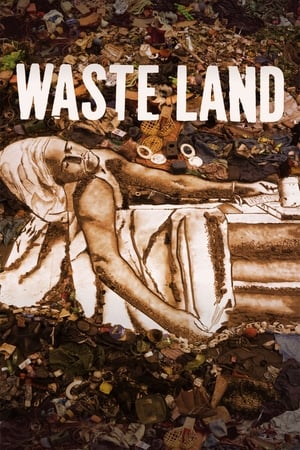 7.6
7.6Waste Land(en)
An uplifting feature documentary highlighting the transformative power of art and the beauty of the human spirit. Top-selling contemporary artist Vik Muniz takes us on an emotional journey from Jardim Gramacho, the world's largest landfill on the outskirts of Rio de Janeiro, to the heights of international art stardom. Vik collaborates with the brilliant catadores, pickers of recyclable materials, true Shakespearean characters who live and work in the garbage quoting Machiavelli and showing us how to recycle ourselves.
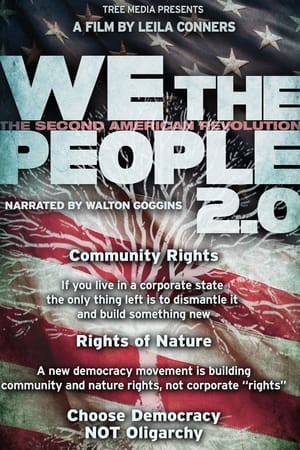 0.0
0.0We The People 2.0(en)
American citizens who are normally marginalized, forgotten and left to fend against toxic dumps and other violations, come to understand that the only way to survive and save their communities is to challenge the system head-on.
Auf der Kippe(de)
Documentary about a group of people who live on a waste dump.
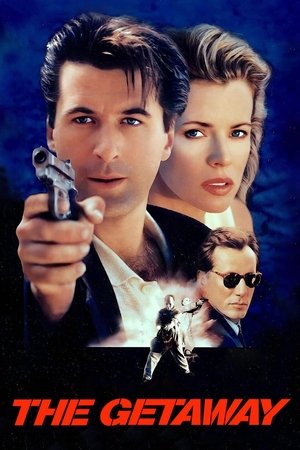 5.7
5.7The Getaway(en)
Doc McCoy is put in prison because his partners chickened out and flew off without him after exchanging a prisoner with a lot of money. Doc knows Jack Benyon, a rich "business"-man, is up to something big, so he tells his wife (Carol McCoy) to tell him that he's for sale if Benyon can get him out of prison. Benyon pulls some strings and Doc McCoy is released again. Unfortunately he has to cooperate with the same person that got him to prison.
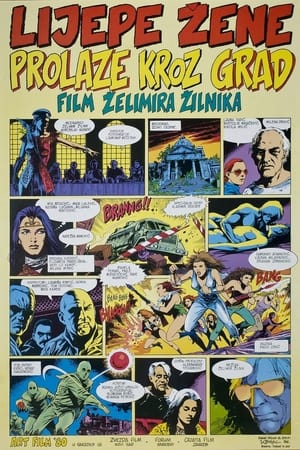 4.5
4.5Pretty Women Walking Through the City(sh)
Belgrade in 2041 is a deserted city that looks like a dump yard. A few old men try to bring up a group of young girls in the old, traditional way of their Yugoslav ancestors.
 0.0
0.0Pasang Krus(tl)
Herminia, a woman heavy with children, with her four children in tow witnesses her husband being forcibly taken, tortured, and murdered by henchmen of an unscrupulous, land-grabbing politician due to disputes in land ownership. After being hunted down by these henchmen, they flee their hometown and in the process, Herminia's eldest son and only daughter get separated from them. Herminia and her three boys end up living in the city's slums. 15 years later, each of the boys turns to a life of crime one gets incarcerated for killing his wife, one becomes a robber and kidnapper and the other one becomes a drug dealer.
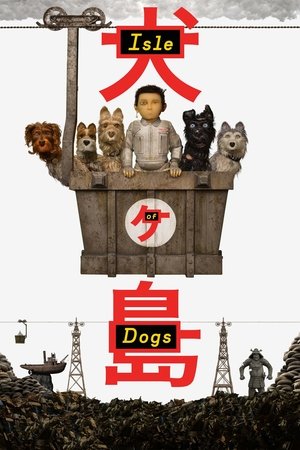 7.8
7.8Isle of Dogs(en)
In the future, an outbreak of canine flu leads the mayor of a Japanese city to banish all dogs to an island used as a garbage dump. The outcasts must soon embark on an epic journey when a 12-year-old boy arrives on the island to find his beloved pet.
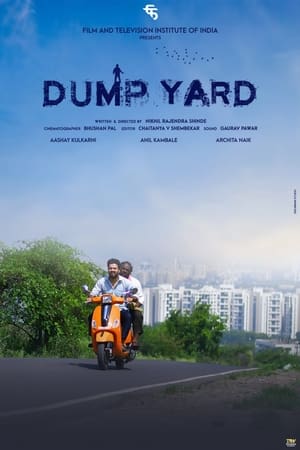 0.0
0.0Dump Yard(mr)
Amidst the chaos of planning his son's birthday, Sandesh's phone, crucial for an investor call, gets accidentally thrown away. In his quest to retrieve it, he discovers unexpected emotional depths.
Engel en Broer(nl)
A young boy and his young sister are playing on a rubbish dump, acting out their parents' divorce. For this they use their father's things which their mother brought to the dumping ground out of anger. The girl only wants to use their fathers things, but the boy finds something that he finds much more interesting.
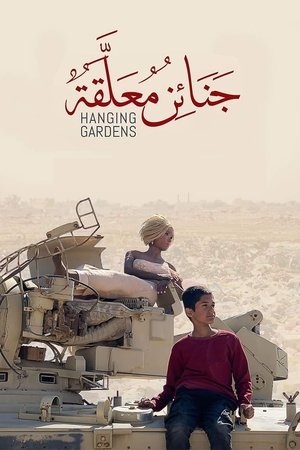 7.5
7.5Hanging Gardens(ar)
When As’ad, a 12-year-old rubbish picker, adopts an American sex doll from the Baghdad dumps, he crosses into a perilous red zone, finding himself caught in the crossfire between abusive forces of commercialism and fundamentalism in a world where defenders of humanism have lost their power. He embraces the courage it takes to not just survive, but live.
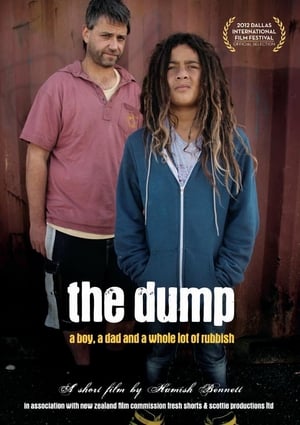 0.0
0.0The Dump(en)
Told over the space of a day and through the eyes of 11 year old Utah, The Dump is a comedy/drama about a boy and the gradual bond he develops with his estranged dad Orlando, the sole employee at a tiny rubbish dump in rural New Zealand.
 6.9
6.9Olympia: Part One – Festival of the Nations(de)
Commissioned to make a propaganda film about the 1936 Olympic Games in Germany, director Leni Riefenstahl created a celebration of the human form. This first half of her two-part film opens with a renowned introduction that compares modern Olympians to classical Greek heroes, then goes on to provide thrilling in-the-moment coverage of some of the games' most celebrated moments, including African-American athlete Jesse Owens winning a then-unprecedented four gold medals.
 6.7
6.7Olympia: Part Two – Festival of Beauty(de)
Commissioned to make a propaganda film about the 1936 Olympic Games in Germany, director Leni Riefenstahl created a celebration of the human form. Where the two-part epic's first half, Festival of the Nations, focused on the international aspects of the 1936 Olympic Games held in Berlin, part two, The Festival of Beauty, concentrates on individual athletes such as equestrians, gymnasts, and swimmers, climaxing with American Glenn Morris' performance in the decathalon and the games' majestic closing ceremonies.
 6.7
6.7Workers Leaving the Lumière Factory(fr)
Working men and women leave through the main gate of the Lumière factory in Lyon, France. Filmed on 22 March 1895, it is often referred to as the first real motion picture ever made, although Louis Le Prince's 1888 Roundhay Garden Scene pre-dated it by seven years. Three separate versions of this film exist, which differ from one another in numerous ways. The first version features a carriage drawn by one horse, while in the second version the carriage is drawn by two horses, and there is no carriage at all in the third version. The clothing style is also different between the three versions, demonstrating the different seasons in which each was filmed. This film was made in the 35 mm format with an aspect ratio of 1.33:1, and at a speed of 16 frames per second. At that rate, the 17 meters of film length provided a duration of 46 seconds, holding a total of 800 frames.
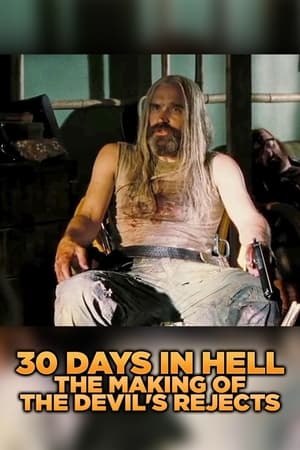 6.0
6.030 Days in Hell: The Making of 'The Devil's Rejects'(en)
An exhaustive, detailed documentary on the 30-day film shoot of "The Devil's Rejects"
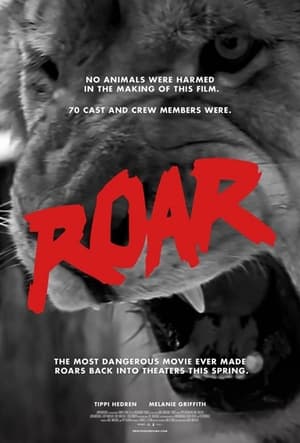 0.0
0.0The Making of Roar(en)
A production of Roar (1981) had special demands on both cast and crew. Learn about this incredible film and about the amazing people who made ROAR possible.